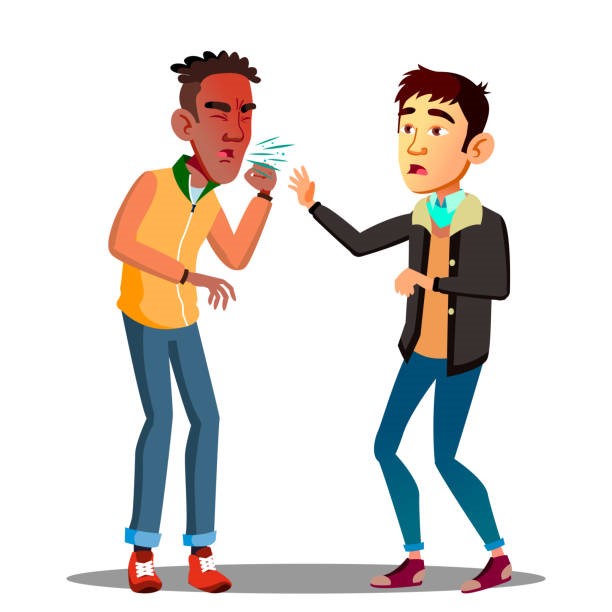How RSV Spreads
RSV Can Spread When:

• An infected person coughs or sneezes.
• You get virus droplets from a cough or sneeze in your eyes, nose, or mouth.
• You have direct contact with the virus,
like kissing the face of a child with RSV.
• You touch a surface that has the virus on it, like a doorknob, and then touch your face before washing your hands.

RSV season starts in the fall (September – October) and risk increases during the winter months (December – January). So, it is best to get an RSV vaccine before RSV season begins.
People infected with RSV are usually contagious for 3-8 days and may become contagious a day or two before they start showing signs of illness. However, some infants, and people with weakened immune systems, can continue to spread the virus even after they stop showing symptoms, for as long as 4 weeks.
People are usually infected with RSV for the first time as an infant, and nearly all children are infected before their second birthday. However, repeat infections may occur throughout life, and people of any age can be infected.
Children are often exposed to and infected with RSV outside the home, such as in school or childcare centers. They can then transmit the virus to other members of the family. RSV can survive for many hours on hard surfaces such as tables and crib rails. It typically lives on soft surfaces such as tissues and hands for shorter amounts of time.
Last Reviewed: January 2, 2024

